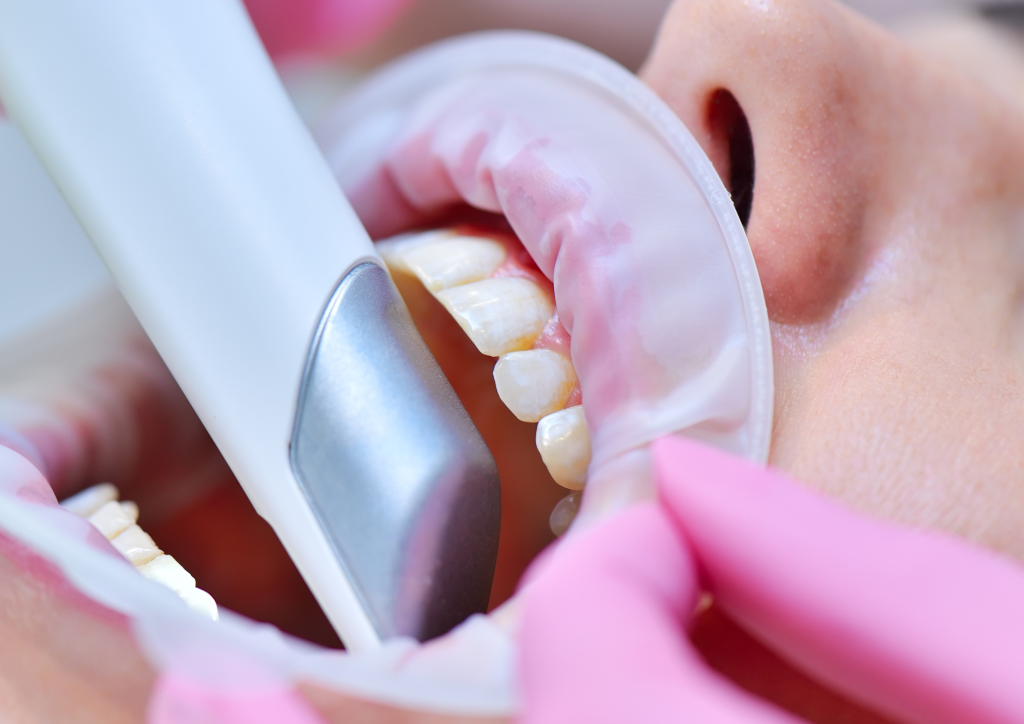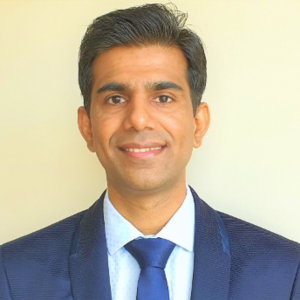人工智能(AI)迅速改变了各个领域,医疗保健领域也不例外。在牙科领域,人工智能正取得长足进步,尤其是在牙科放射学方面。牙科放射学包括 X 射线、口腔内放射摄影、CBCT 扫描和其他成像技术,在诊断和监测口腔和颌面部疾病方面发挥着关键作用。人工智能驱动的解决方案有可能彻底改变这一领域,提高准确性、效率和患者疗效。
增强诊断功能
牙科放射学是诊断龋齿、牙周病、囊肿、肿瘤和口腔癌等各种牙科疾病不可或缺的一部分。人工智能算法通过对放射影像进行精确分析,可以帮助早期发现这些问题。例如,人工智能可以识别牙齿密度、骨骼结构或组织异常中的细微变化,而这些变化可能会被人眼所忽略。这种早期检测可以带来及时干预和更好的治疗效果。
治疗计划
人工智能可以帮助牙医制定更加个性化的治疗方案。通过分析患者数据(包括放射图像),人工智能算法可以深入了解最佳治疗方案,预测治疗结果,甚至模拟治疗后的预期外观。这使牙科专业人员能够做出明智的决定,确保为患者提供最有效和最量身定制的治疗。

工作流程效率
人工智能驱动的牙科放射学解决方案可以大大简化牙科诊所的工作流程。算法可以自动完成乏味的图像分析任务,减少审查放射照片所花费的时间。这样,牙医就能更专注于患者护理和决策,最终提高牙科诊所的整体效率。
尽量减少辐射暴露
牙科放射学涉及电离辐射的使用,如果管理不当,会带来潜在的健康风险。人工智能可以帮助优化辐射剂量,确定获得诊断有用图像所需的最低剂量。这不仅能减少患者的辐射暴露,还能提高牙科工作人员的安全。
预测分析
人工智能可用于预测和预防某些口腔健康问题。通过分析患者的历史数据,人工智能算法可以识别与牙科疾病相关的模式和风险因素。例如,人工智能可以根据患者的牙科病史和生活方式因素预测其患龋齿的可能性。这样就可以采取积极的预防措施,如推荐氟化物治疗或改变饮食习惯。
将人工智能融入牙科放射学有望彻底改变牙科疾病的诊断和管理方式。通过加强诊断、治疗规划、工作流程效率和辐射安全,人工智能使牙科专业人员能够为患者提供更准确和个性化的护理。此外,人工智能的预测能力还能实现积极主动的预防措施,有助于改善口腔健康状况。随着人工智能的不断发展,它在牙科放射学中的作用很可能会扩大,进一步提高牙科护理质量和患者体验。拥抱这些技术进步对现代牙科实践至关重要,可确保患者获得最高标准的护理,同时最大限度地降低风险并优化治疗效果。

作者简介
Suresh Kandagal veerabhadrappa 博士
世纪大学牙科学院口腔医学/口腔放射学高级讲师
Suresh K V 博士是口腔内科和颌面放射科专家。他在拉吉夫-甘地健康科学大学获得牙科手术学士学位(BDS)。他在耶内波亚大学完成了口腔医学和放射学硕士课程,继续深造。在研究热情的驱使下,他在多个牙科领域开展了广泛的研究,在受人尊敬的同行评审期刊上发表了超过 85 篇文章。此外,他还担任过多家著名期刊的审稿人,目前担任《亚太健康科学与研究期刊》(Asia Pacific Journal of Health Sciences & Research)的编辑。

